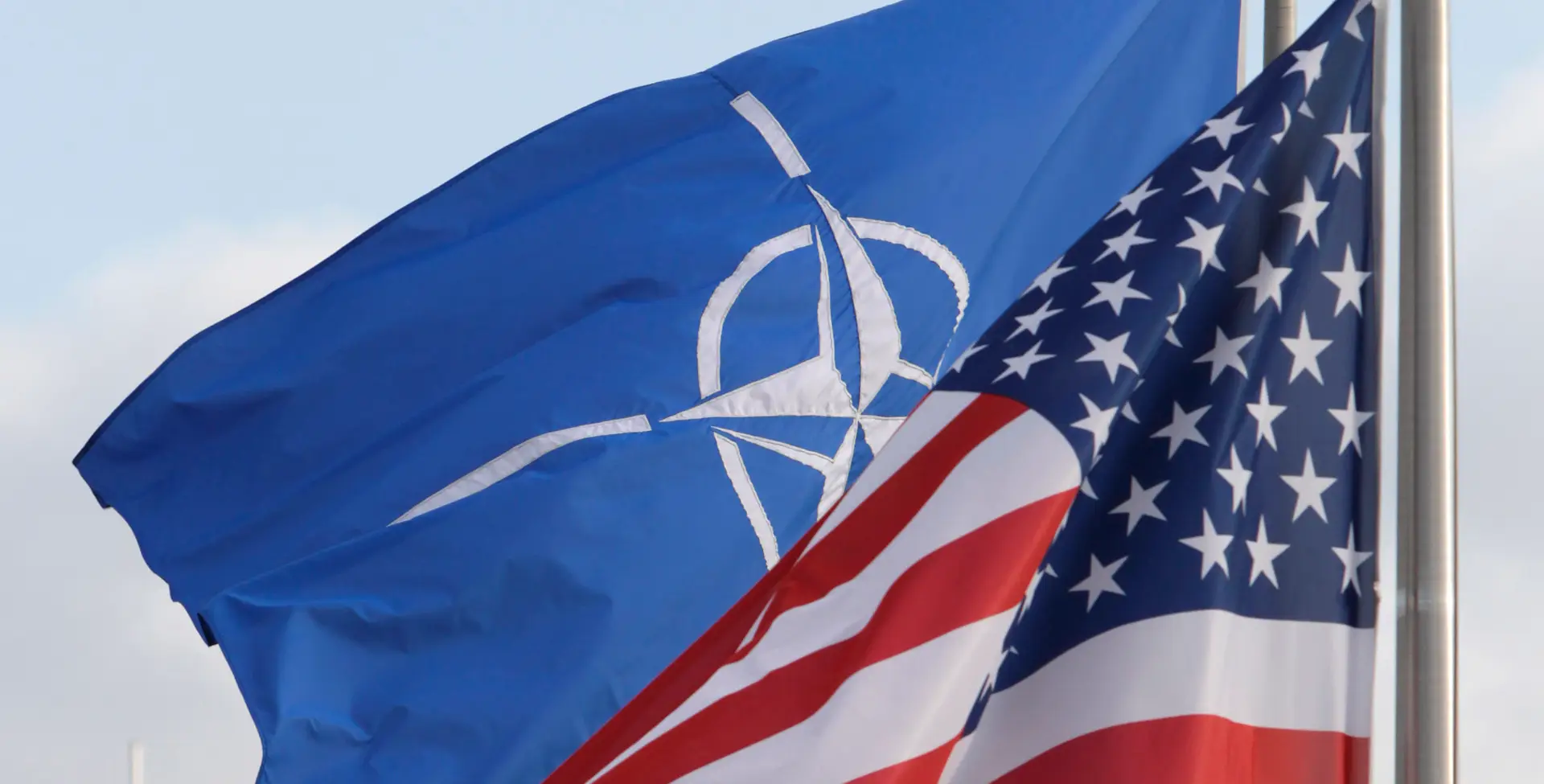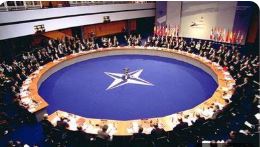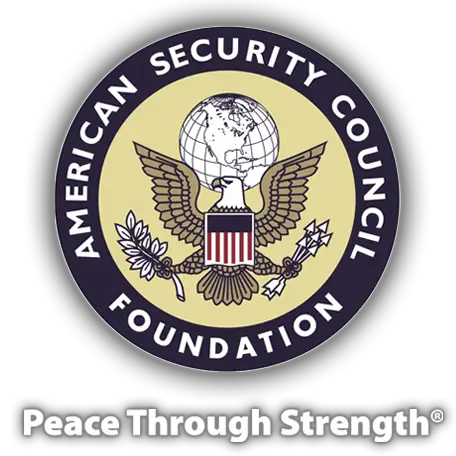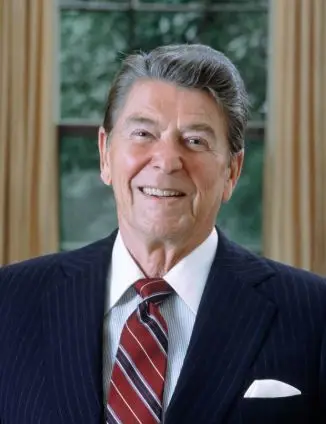
If you liked this article, please share it with your friends and family. You can also help the American Security Council Foundation shape American policy.

Written by Alan W. Dowd, ASCF Senior Fellow
Last month’s issue discussed some of the ways America supports NATO. In this issue, we explore something too many Americans have forgotten or never learned: the ways NATO supports America.
Antidote
NATO is not a one-way street. To view NATO solely as a burden on American resources or a charity for European security is to ignore its strategic value and critical contribution to U.S. interests.
First and foremost, NATO insures against the worst of worst-case scenarios: another European conflict triggering another global war. Before NATO, that happened twice in the span of 20 years. Each time, America was dragged into Europe’s wars. But it hasn’t happened at all in the 80 years since the end of World War II. And that’s a function of America remaining engaged and present in Europe, which is a function of the NATO alliance.
Second, NATO provides America with a network of allies, sharing the burden of collective security and amplifying American influence on the global stage. Imagine confronting a resurgent Russia, a rising China, or the threats posed by Iran, North Korea, ISIS, al Qaeda, and other terror groups without the diplomatic, intelligence, basing, and military contributions of our NATO allies. As General James Mattis observes, “If we did not have NATO today, we would need to create it.”
NATO is a force multiplier for U.S. power, a bridge to global hotspots, a backstop against great-power war in Europe, and a readymade structure where like-minded nations with shared values and high levels of interoperability build coalitions to defend their shared interests. For instance, at the beginning of the Cold War, 13 NATO members sent troops to assist the U.S. in defending South Korea. (That number includes nations that have joined the alliance since 1953.) At the end of the Cold War, NATO militaries, infrastructure and years of interoperability served as the foundation for the coalition that defended Saudi Arabia and ejected Iraq from Kuwait—with Britain, France, Canada, Denmark and Italy deploying tens of thousands of combat troops. It was an early indication that NATO would remain relevant after the Cold War.
Simply put, NATO is not a Cold War relic, as its critics argue. But don’t take my word for it. After the Berlin Wall fell, after the Soviet Union had been tossed into “the ash heap of history,” after Eastern Europe began to hemorrhage, President Ronald Reagan reminded leaders on both sides of the Atlantic that “There is an antidote to chaos…Its name is NATO.”
Sure enough, just as Reagan had counseled, it was NATO that finally brought an end to the ethno-religious wars that scorched the Balkans—after repeated failures by the United Nations. NATO then stabilized the region, paving the way for the Balkan states to join Western institutions.
Even as Moscow began walking the path of reform, Reagan cautioned, “We must stick with the strategy of strength.” NATO, as Reagan understood, is the embodiment of that strategy. In fact, he emphasized the parallels between his peace-through-strength doctrine and what he called “NATO’s strategy for peace,” which was premised on the idea that NATO must “be strong enough…to stop aggression before it happens.”
Here, too, Reagan recognized that even after the Cold War, NATO could continue to help advance America’s interests, the most important being the deterrence of a great-power war.
Help
It was always thought that Article V of the North Atlantic Treaty, NATO’s “all for one” collective defense clause, would be invoked when Europe came under attack and sought America’s help. Yet the only time Article V has ever been invoked was after 9/11, when America came under attack and sought Europe’s help.
NATO then played a key role in fighting our common enemy in Afghanistan. In fact, when America pulled out of Afghanistan in 2021, 20 years after attacks on America’s capital, America’s military headquarters, and America’s largest city, 68 percent of the troops deployed in the country that spawned 9/11 were not from America, but were from NATO Europe.
As the war against terrorist organizations and terrorist regimes continued, NATO members formed the core of Operation Iraqi Freedom and Operation Inherent Resolve.
Today, British, French, Italian, Spanish, German, and Canadian assets are at work in the Indo-Pacific deterring our common foe. French and British aircraft joined U.S. forces shielding Israel from Iran’s missile-drone salvos. Warships from eight NATO navies lead the operation protecting international shipping from Houthi attacks.
NATO is building up its capabilities to deter Putin. NATO’s rapid-response force has grown from 40,000 troops to more than 300,000. NATO members recently agreed to spend 5 percent of GDP on defense. And our European allies have sent more aid to Ukraine than we have.
Those who point to Ukraine and warn that NATO will draw America into another European war have things precisely backwards: The most likely way that Russia’s war on Ukraine would expand into other parts of Europe is if America is not engaged in Europe and not leading the transatlantic alliance. There’s a reason Putin has invaded Georgia and Ukraine—but not Estonia, Lithuania, Latvia, Poland and Romania: Those five nations are NATO members.
Chains and Drains
Contrary to those who want America to turn inward, our NATO allies aren’t a drain on America’s treasury or a chain dragging America into wars.
The late General William Odom, director of the National Security Agency under Reagan, dismissed as “myth” the claim “that our allies are making us poor by free-riding on our military expenditures.” Countering NATO’s critics, he asked, “How are we to explain that the United States has gotten richer than its allies? Proponents of this argument cannot explain why. They fail to realize that our military alliances, by lowering transaction costs, have facilitated the vast increases in international trade from which the United States profits enormously. Our military costs should be seen as investments that pay us back.”
Indeed, America’s alliances help America prosper. Consider that in the 76 years before World War II, before America began building an interconnected latticework of alliances, America’s per-capita GDP increased by 136 percent. In the 76 years between the end of World War II and 2021, thanks to the stability and security assured by NATO and other U.S.-led alliances, America’s per-capita GDP increased by 320 percent.
Today, total trade between the U.S. and our NATO allies is $3 trillion annually. Those trade flows, and the prosperity they spread, would be impossible without the security provided by NATO.
As to the charge that our allies draw America into wars, nothing could be further from the truth. After all, alliances didn’t drag the U.S. into World War I. President Woodrow Wilson pointedly declared, “We have no allies.” Nor was the U.S. drawn into World War II by an alliance. Rather, the trigger was Japan’s attack on an isolated outpost of an isolated America. Yet by building up a common defense, specifying clear commitments and recognizing that America’s security is tied to other parts of the globe, the postwar alliance system—with NATO at its core—has surely helped prevent World War III.
A Troubling Puzzle
All of the aforementioned is why it’s so troubling and puzzling that a U.S. senator recently introduced legislation to withdraw the U.S. from NATO; that Washington has informed NATO’s East European members of plans to phase out funding for military hardware where it’s most needed; that the Deputy Secretary of State questions the need for NATO; that three consecutive administrations have underappreciated NATO.
When asked about America’s commitment to Article V, President Trump said it “depends.” He boasts about telling his NATO counterparts that Putin’s henchmen can “do whatever the hell they want” to alliance members that don’t spend more on defense. He even said he wants to withdraw from NATO.
President Biden imposed a unilateral decision and unilateral timetable upon our NATO allies as he withdrew U.S. forces from Afghanistan, rejected pleas from our closest allies to extend the airlift out of Afghanistan, and triggered what one ally called “the biggest debacle that NATO has suffered.”
President Obama pulled the plug on missile-defense plans for Europe (plans endorsed by the entire alliance) without consulting the alliance, put a time limit on America’s commitment to NATO’s intervention in Libya, and erased his own “red line” in Syria, leaving NATO allies out on a limb.
Gone
Add it all up, and for the better part of 16 years, American policymakers have toggled between taking NATO for granted, mishandling NATO and mistreating NATO. That trend must end. NATO’s Article V security guarantee, which binds the U.S. and Europe, is not dependent on a president’s feelings; it’s not debatable; it’s not situational. It must be certain and ironclad. If it’s not, if there’s any doubt about America’s commitment to our NATO allies, Putin will exploit the uncertainty.
If Americans think it’s difficult and expensive to deter Moscow, protect U.S. interests, and promote U.S. prosperity today-with the NATO alliance intact—wait until it’s gone.




